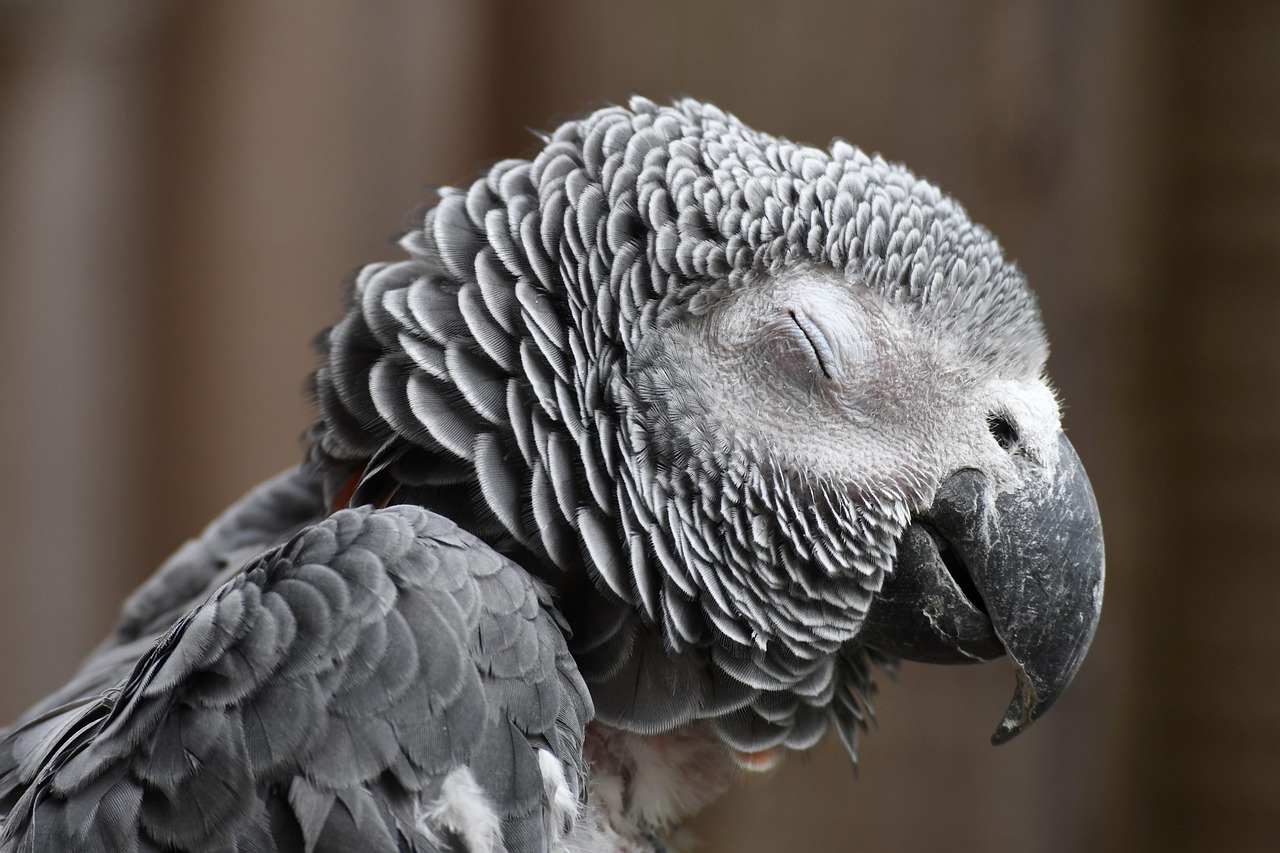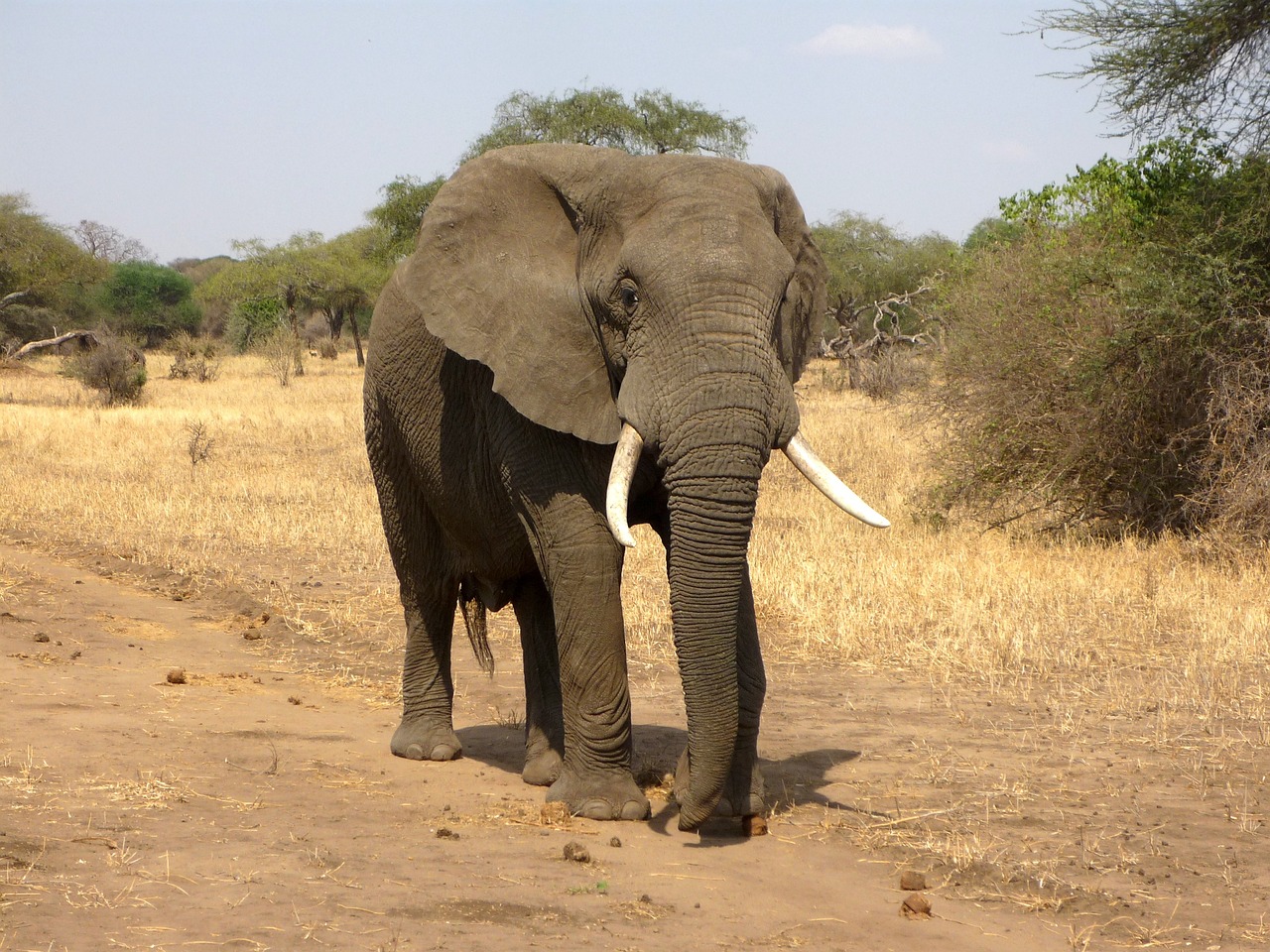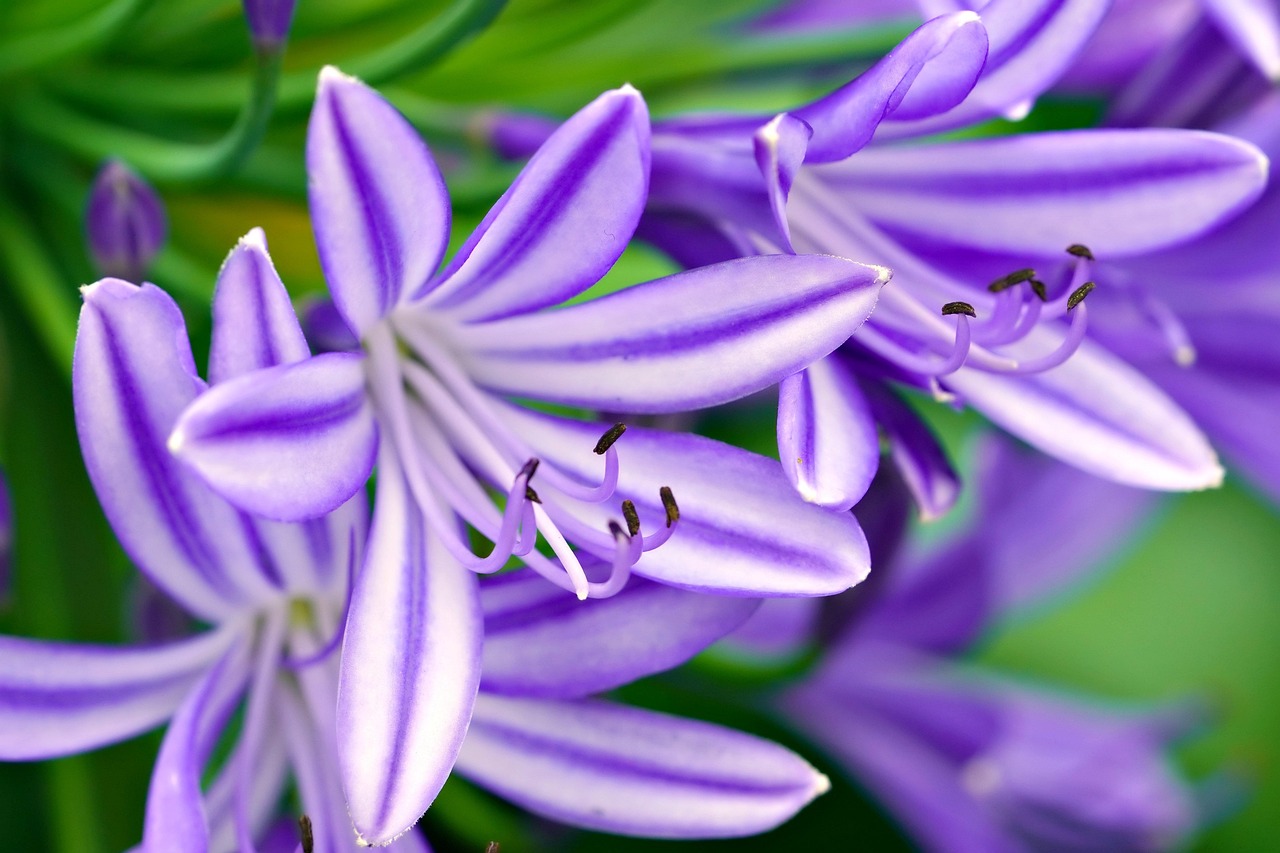The African Blackwood tree, known scientifically as Dalbergia melanoxylon, typically exhibits a moderate to slow growth rate. Under optimal conditions, it can grow approximately 12 to 24 inches per year, reaching maturity for timber production in about 30 to 50 years.
Understanding the African Blackwood Tree
The African Blackwood tree is a highly valued species predominantly found in East Africa, especially in countries like Tanzania and Kenya. It is renowned for its dense, dark wood, which is prized for crafting high-quality musical instruments, furniture, and decorative items. The tree’s unique properties, such as its durability and resistance to wear, contribute significantly to its demand in various industries.

In terms of timber production, the growth rate of African Blackwood is an essential factor for cultivators and timber producers. A sustainable approach to harvesting this species is crucial to ensure that the trees can replenish and continue to provide valuable resources over time.
Growth Conditions
The growth rate of the African Blackwood tree is influenced by several environmental factors. Understanding these conditions can help optimize growth and timber yield. Key factors include soil quality, climate, and water availability.
- Soil Quality: The African Blackwood thrives in well-drained soils rich in organic matter. Heavy clay or overly sandy soils can hinder growth.
- Climate: This tree prefers warm climates with annual rainfall between 30 to 50 inches. It can tolerate drought but performs best with consistent moisture.
- Water Availability: Proper irrigation during dry spells can significantly enhance growth rates.
Growth Rate Overview
The growth rate of the African Blackwood tree can vary based on specific growing conditions and care practices. Generally, there are three main stages of growth:

- Seedling Stage: During the first year, seedlings typically grow slowly as they establish their root system. Growth may be around 6 to 12 inches annually.
- Juvenile Stage: From years two to ten, growth accelerates significantly. The tree can achieve a growth rate of 12 to 24 inches per year under optimal conditions.
- Mature Stage: After ten years, the growth rate may slow down again but can continue for several decades. Trees are generally ready for timber production at around 30 to 50 years of age.
Factors Affecting Growth Rate
Several factors can affect the growth rate of the African Blackwood tree. These include genetic variability, pest and disease pressures, and management practices.
- Genetic Variability: Not all trees will exhibit the same growth characteristics due to genetic differences. Selecting high-performing genetic stock can improve overall growth rates.
- Pest and Disease Pressures: Infestations from pests such as wood borers or diseases like fungal infections can hinder growth. Regular monitoring and management strategies are essential.
- Management Practices: Pruning, thinning, and appropriate fertilization can enhance growth rates significantly. Sustainable forest management practices are crucial in maximizing yield while maintaining health.
Timber Production Implications
The implications of growth rates for timber production are substantial. Understanding how fast African Blackwood trees grow allows for better planning in harvesting and replanting strategies. As demand for sustainable wood products increases, knowing the optimal growth conditions and timing is essential for producers.
In addition to growth rates, it is important to consider the market trends for African Blackwood products. With rising global awareness about sustainability, the focus on responsibly sourced timber is more critical than ever.

In summary, the African Blackwood tree’s growth rate is a vital aspect of its value as a timber species. By fostering optimal growing conditions and employing effective management practices, producers can enhance both growth rates and the quality of timber produced from this remarkable tree species.
Optimal Cultivation Practices
To maximize the growth rate of the African Blackwood tree, specific cultivation practices must be adopted. These practices are designed to create an environment that supports healthy growth and optimal timber production. Below are several recommended strategies.
Site Selection
The selection of an appropriate site is crucial for the successful cultivation of African Blackwood. Ideal sites should provide:
- Good Drainage: Poorly drained soils can lead to root rot and other diseases.
- Access to Sunlight: Full sun exposure promotes photosynthesis, enhancing growth rates.
- Proximity to Water Sources: While not waterlogged, the site should have easy access to irrigation if needed.
Soil Preparation
Soil preparation is another essential aspect of cultivation. Properly prepared soil encourages robust root development and better nutrient uptake. Key steps include:

- Testing Soil Quality: Conduct soil tests to determine pH and nutrient levels. African Blackwood prefers slightly acidic to neutral pH (6.0 to 7.0).
- Amending Soil: Based on test results, amend the soil with organic matter or fertilizers to improve fertility and structure.
- Tilling: Tilling the soil can enhance aeration and facilitate root growth.
Pest and Disease Management
Maintaining the health of African Blackwood trees requires effective pest and disease management strategies. Early detection and intervention can prevent significant damage to the trees. Common pests include wood borers and leaf-feeding insects, while diseases may include various fungal infections.
Pest Control Measures
Implementing pest control measures can significantly reduce infestations. Key strategies include:
- Regular Monitoring: Inspect trees frequently for signs of pest activity or damage.
- Biological Controls: Introduce natural predators such as ladybugs or parasitic wasps that can help control pest populations.
- Cultural Practices: Maintain cleanliness around the cultivation area to reduce habitats for pests.
Disease Prevention Techniques
To minimize the risk of diseases affecting African Blackwood, consider the following techniques:
- Proper Watering: Avoid overhead watering to reduce humidity around the foliage, which can promote fungal growth.
- Disease-Resistant Varieties: When available, select cultivars known for their resistance to common diseases.
- Pruning: Remove dead or diseased branches promptly to prevent the spread of pathogens.
Irrigation Strategies
Irrigation can play a vital role in the growth rate of African Blackwood trees, especially in regions with variable rainfall. Effective irrigation strategies ensure that trees receive adequate moisture without becoming waterlogged.
Irrigation Methods
Several irrigation methods can be employed for African Blackwood cultivation:
- Drip Irrigation: This method delivers water directly to the root zone, reducing waste and minimizing soil erosion.
- Sprinkler Systems: Sprinklers can cover larger areas but should be used cautiously to avoid excess humidity on leaves.
- Rainwater Harvesting: Collecting rainwater can provide a sustainable source of irrigation during dry spells.
Nutrient Management
Nutrient management is integral for promoting strong growth in African Blackwood trees. Regular fertilization helps maintain soil fertility and supports optimal growth rates throughout the tree’s life cycle.
Nutrient Requirements
The key nutrients necessary for healthy growth include nitrogen, phosphorus, and potassium. A balanced fertilizer can provide these essential elements. Additional micronutrients may also be needed based on soil tests.
- Nitrogen: Promotes vigorous leaf growth and overall tree health.
- Phosphorus: Supports root development and flowering.
- Potassium: Enhances disease resistance and drought tolerance.
Regular application of organic fertilizers, such as compost or well-rotted manure, can also improve soil health and nutrient availability over time.
Harvesting Techniques
Efficient harvesting techniques are essential for maximizing the yield and quality of timber from African Blackwood trees. Proper methods not only ensure that the trees are harvested sustainably but also help maintain the health of the surrounding forest ecosystem.
Timing of Harvest
The timing of harvesting African Blackwood is critical. Trees should be harvested when they reach maturity, typically between 30 to 50 years of age, depending on growth conditions. Key indicators for optimal harvesting include:
- Diameter at Breast Height (DBH): Mature trees should have a DBH of at least 10 inches for quality timber production.
- Wood Density: The wood should exhibit the characteristic density and color associated with high-quality African Blackwood.
- Health of the Tree: Trees should be free from significant pest or disease damage before harvesting.
Harvesting Methods
There are several methods for harvesting African Blackwood, each with its advantages and considerations:
- Selective Logging: This method involves selectively cutting down mature trees while leaving younger ones intact. It promotes biodiversity and ensures that the forest can regenerate.
- Clear-Cutting: In some instances, clear-cutting may be employed. However, this method can lead to soil degradation and loss of habitat, making it less sustainable.
- Thinning: Thinning involves removing certain trees to allow more space for others to grow. This can enhance growth rates and improve overall forest health.
Post-Harvest Processing
After harvesting, the processing of African Blackwood is crucial in determining the final quality of the timber. Proper handling and processing techniques help maintain the wood’s integrity and value.
Sawing Techniques
Sawing techniques play a significant role in how the wood is prepared for the market. Common sawing methods include:
- Plain Slicing: This method produces a flat grain pattern, which is often preferred for furniture making.
- Quarter Slicing: This technique yields a more linear grain appearance and is often sought after for high-end products.
Drying Processes
The drying process is vital to prevent warping, cracking, or other defects in the wood. There are two primary methods for drying African Blackwood:
- Air Drying: This natural method involves stacking the wood in a well-ventilated area. While cost-effective, it requires more time and care to monitor moisture levels.
- Kiln Drying: This method uses controlled heat and humidity to speed up drying. Kiln drying is more efficient but requires investment in equipment.
Sustainability Practices
Sustainability in harvesting African Blackwood is essential to preserving this valuable species and its ecosystem. Implementing sustainable practices helps ensure that future generations can benefit from its timber resources.
Certification Programs
Participating in certification programs, such as the Forest Stewardship Council (FSC), can enhance sustainability efforts. Benefits of certification include:
- Market Access: Certified timber products often command higher prices and open doors to new markets.
- Enhanced Reputation: Certification demonstrates a commitment to responsible forestry practices, improving brand reputation.
- Biodiversity Conservation: Sustainable practices help protect habitats and promote biodiversity within forests.
Reforestation Efforts
After harvesting, reforestation efforts are crucial for maintaining healthy forests. Key aspects include:
- Planting Native Species: Incorporating native species alongside African Blackwood can enhance ecosystem resilience.
- Monitoring Growth: Regularly monitoring new plantings ensures healthy growth and identifies potential issues early.
- Community Involvement: Engaging local communities in reforestation efforts fosters stewardship and ensures long-term success.
Economic Impact
The economic impact of African Blackwood cultivation extends beyond timber production. It influences local communities, industries, and global markets.
Job Creation
The cultivation, harvesting, and processing of African Blackwood create numerous job opportunities. Key areas include:
- Agricultural Jobs: Cultivators and farm workers are needed for planting and maintaining trees.
- Manufacturing Jobs: Skilled labor is required for processing timber into high-quality products.
- Logistics and Distribution Jobs: Transportation and distribution of timber products create additional employment opportunities.
Market Demand
The demand for African Blackwood products remains strong in various markets, including musical instruments, fine furniture, and decorative items. Understanding market trends can help producers adapt their strategies accordingly.
This rich blend of economic benefits highlights the importance of sustainable practices in ensuring that African Blackwood remains a viable resource for years to come.
Challenges in African Blackwood Production
While the African Blackwood tree presents significant opportunities for timber production, there are several challenges that producers face. Addressing these challenges is essential to ensure sustainable management and continued success in the market.
Environmental Challenges
Environmental factors can impact the growth and sustainability of African Blackwood. Key challenges include:
- Climate Change: Changes in climate patterns can affect rainfall and temperature, impacting growth rates and overall health.
- Drought Conditions: Prolonged periods of drought can stress trees, making them more susceptible to pests and diseases.
- Soil Degradation: Intensive agriculture and deforestation can lead to soil erosion and nutrient depletion, negatively affecting tree growth.
Pest and Disease Threats
As mentioned earlier, pests and diseases pose significant threats to African Blackwood trees. Some of the most common issues include:
- Insect Infestations: Wood-boring insects can compromise the structural integrity of trees, leading to reduced timber quality.
- Fungal Infections: Diseases such as root rot can quickly spread and decimate populations of African Blackwood if not managed effectively.
Regulatory and Legal Issues
Producers must navigate a complex legal landscape related to timber harvesting. Key considerations include:
- International Trade Regulations: Compliance with regulations such as the Convention on International Trade in Endangered Species (CITES) is crucial for exporting African Blackwood.
- Local Laws: Understanding local regulations regarding land use, logging practices, and environmental protection is essential for sustainable production.
Future Prospects for African Blackwood
The future of African Blackwood timber production looks promising, provided that sustainable practices are prioritized. Innovations in cultivation techniques, pest management, and processing can enhance growth rates and timber quality.
Sustainable Forestry Practices
The adoption of sustainable forestry practices will be pivotal in ensuring the long-term viability of African Blackwood. Some promising practices include:
- Agroforestry: Integrating African Blackwood cultivation with agricultural practices can improve biodiversity and soil health while providing additional income sources for farmers.
- Community-Based Management: Involving local communities in the management of forests fosters stewardship and ensures that practices align with local needs and knowledge.
- Research and Development: Continued research into growth patterns, pest resistance, and climate adaptation will provide valuable insights for future cultivation strategies.
Emerging Markets and Opportunities
The global demand for sustainably sourced timber continues to grow. Producers can leverage this trend by marketing African Blackwood as an eco-friendly alternative. Potential areas for growth include:
- Crafting Musical Instruments: The unique acoustic properties of African Blackwood make it ideal for crafting high-quality musical instruments, driving demand in this niche market.
- Luxury Furniture: The aesthetic appeal and durability of African Blackwood make it a sought-after material for luxury furniture items.
- Artistic Applications: Artists and artisans often seek unique woods for sculptures or decorative items, presenting additional market avenues.
Conclusion
The African Blackwood tree represents a vital resource for timber production, offering numerous economic benefits while posing challenges that require careful management. Understanding its growth rate, optimal cultivation practices, and market demands can significantly impact the success of producers. By prioritizing sustainability and addressing environmental challenges, the future of African Blackwood can be bright, supporting both local communities and global markets.
The journey toward responsible timber production is ongoing. As awareness of environmental issues rises, the commitment to sustainable practices will play a critical role in ensuring that this remarkable tree continues to thrive for generations to come.
